The Volvo EX30: small but revelatory
The Swedish manufacturer’s most compact SUV throws itself fearlessly into an already congested market, where there are many capable alternatives, writes Sean O’Grady. This pint-sized powerhouse holds its own, but the audacious and risky choices inside won’t be for everyone

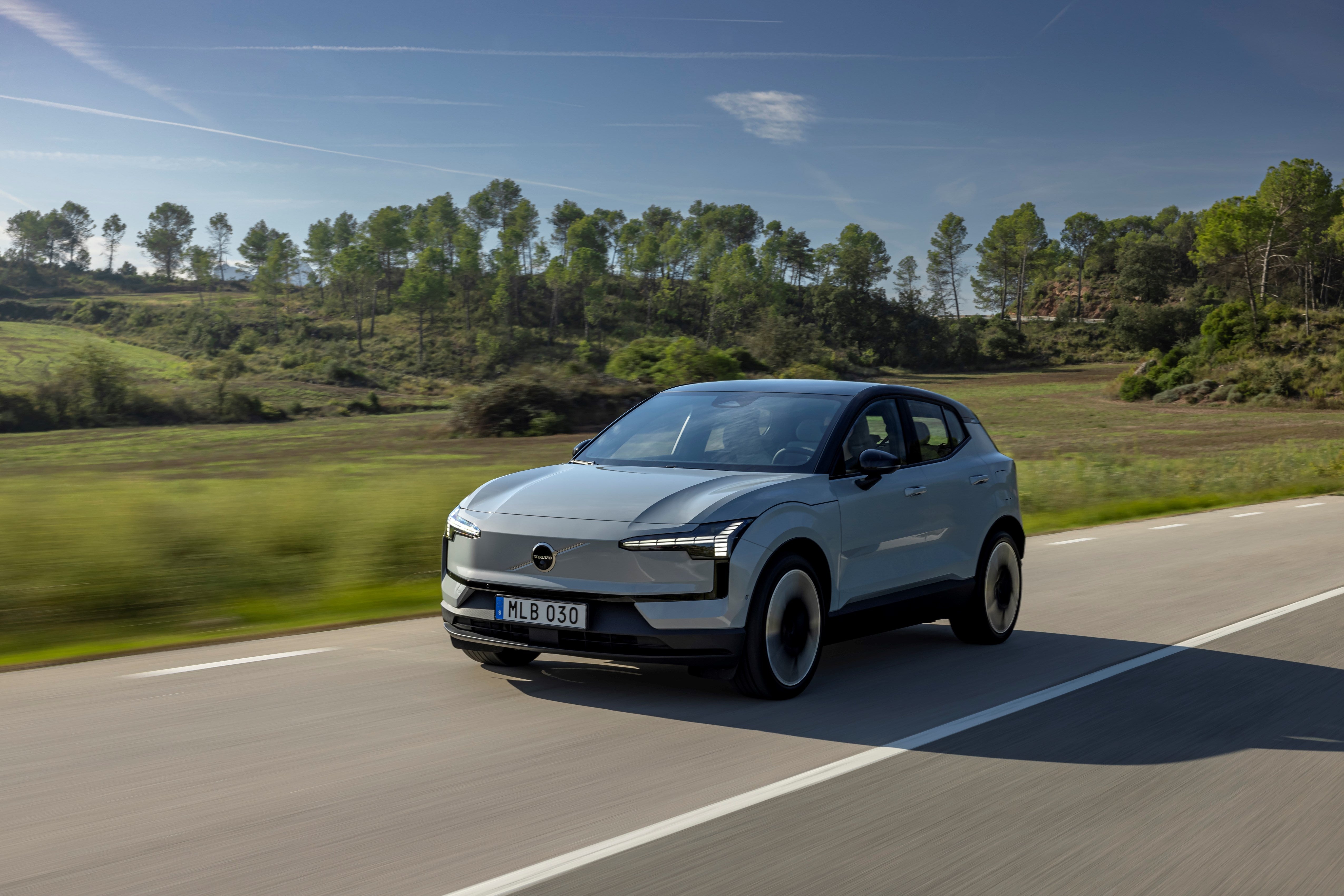
Your support helps us to tell the story
From reproductive rights to climate change to Big Tech, The Independent is on the ground when the story is developing. Whether it's investigating the financials of Elon Musk's pro-Trump PAC or producing our latest documentary, 'The A Word', which shines a light on the American women fighting for reproductive rights, we know how important it is to parse out the facts from the messaging.
At such a critical moment in US history, we need reporters on the ground. Your donation allows us to keep sending journalists to speak to both sides of the story.
The Independent is trusted by Americans across the entire political spectrum. And unlike many other quality news outlets, we choose not to lock Americans out of our reporting and analysis with paywalls. We believe quality journalism should be available to everyone, paid for by those who can afford it.
Your support makes all the difference.Small yet mighty” is Volvo’s marketing slogan for their new EX30, and there’s something in that. It’s not Volvo’s first small car, because they’ve been intermittently doing that for years, from the half-forgotten 300 series to the C30 and the last, the Ford Focus-based V40. All were highly popular in their day, but now comes something small but revelatory: Volvo’s miniature SUV, and it’s all-electric too – no diesel, petrol or hybrid variants will be offered.
Externally it looks very much like the established XC40, but internally, for the cabin bay materials, they’ve opted for some quite audacious and risky choices. There’s also a version of the EX30 that can propel you from a standing start to 60mph in 3.6 seconds – the most accelerative Volvo of all time. Hence the “mighty.” So, yes, quite the departure.
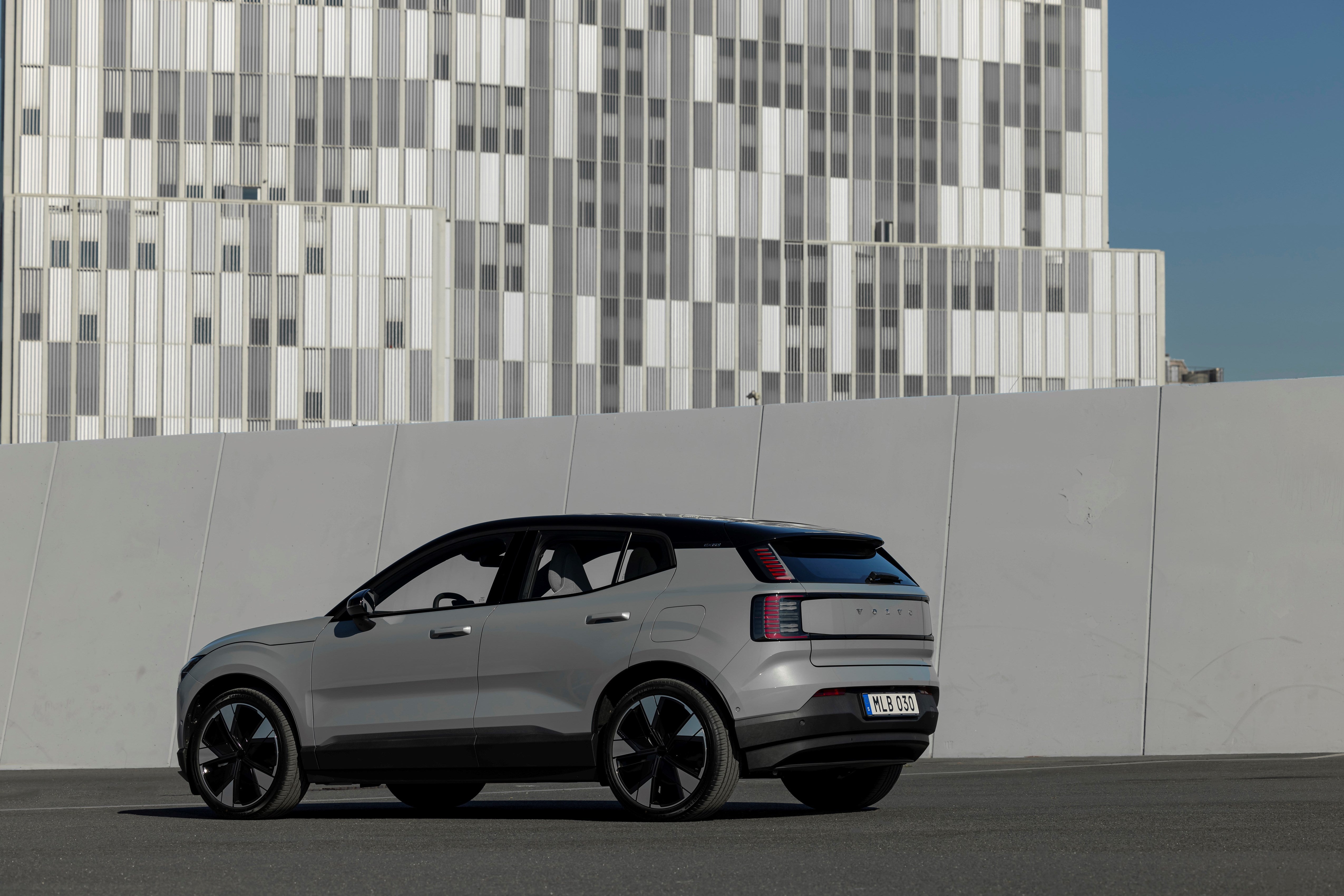
The EX30 throws itself fearlessly into the already congested small SUV/crossover segment, where there are very many capable alternatives with internal combustion engines, such as the VW T-Roc, Nissan Juke and Ford Puma. Those with pure electric power are thinner on the ground, but there are some strong contenders. These include the BMW iX1 at the premium end, plus the Stellantis group siblings – Peugeot e2008, Vauxhall Mokka-e, Citroen, Fiat 600e.
THE SPEC
Volvo EX30 Single Motor Extended Range Ultra
Price: £42,035 (as tested, range from £33,795)
Propulsion: Single electric motor, powered by 64kWh battery
Power (hp): 200
Top speed (mph): 112
0-60 (seconds): 5.1
Economy (Wh/mile): 215
Range (miles): 250
CO2 emissions: 0
Because the Volvo is Swedish designed and built in cooperation with the firm’s Chinese parent Geely in Zhangjiakou, it shares much of its electric drivetrain gear and software with the new Smart #1, a joint Geely-Mercedes venture. (Don’t believe everything you hear about globalisation being dead). The half-siblings, EX30 and #1, do look and feel radically different though – the Volvo more grown up, the Smart more playful and less practical. And by the way, most of these baby sports utility vehicles claim to seat five adults: they won’t.
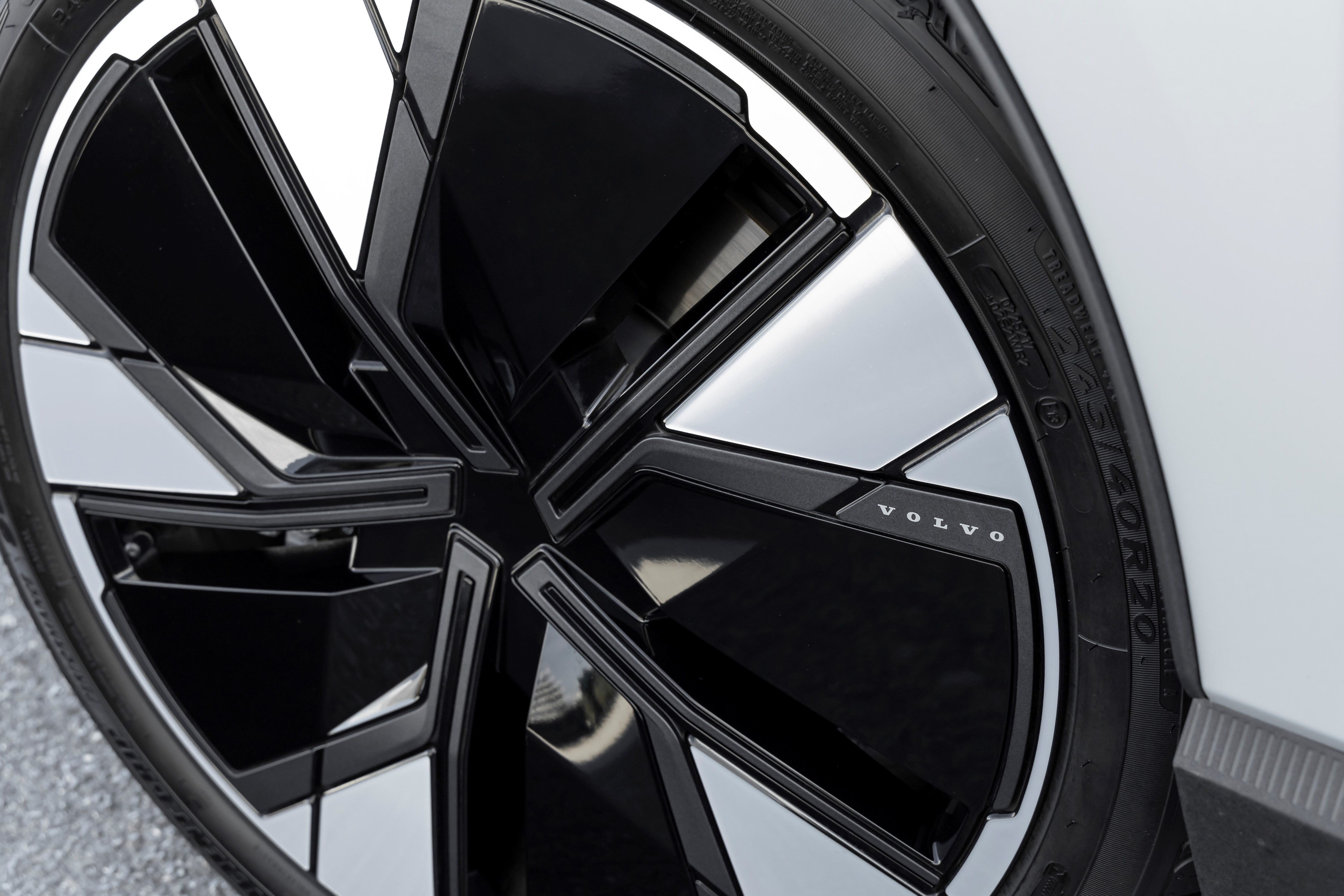
How does the Volvo compare? On the definite plus side is the exterior styling, every bit as cool as its bigger siblings. All the usual Volvo styling cues are present – the pronounced shoulder line, “Thor’s hammer” shaped headlights, the chunky looks. The grille is now just a blank plastic panel with an oversized Volvo badge, and the tail lights are now split in two, but it’s immediately recognisable and looks well finished in a small range of paintwork and tasteful piano-black and artificial chrome highlights.
It goes pretty well too. It’s perfectly comfortable, and the handling is fine – not the sharpest responding, but in line with its role in life. Unlike the Smart #1 Brabus, there’s no permanently full-on performance version, but if you configure the higher spec twin motor and advanced battery version it’ll keep up with a Ferrari (up to the legal limit), but it’s not really meant to do that for very long, and it doesn’t. Thrills are rationed.
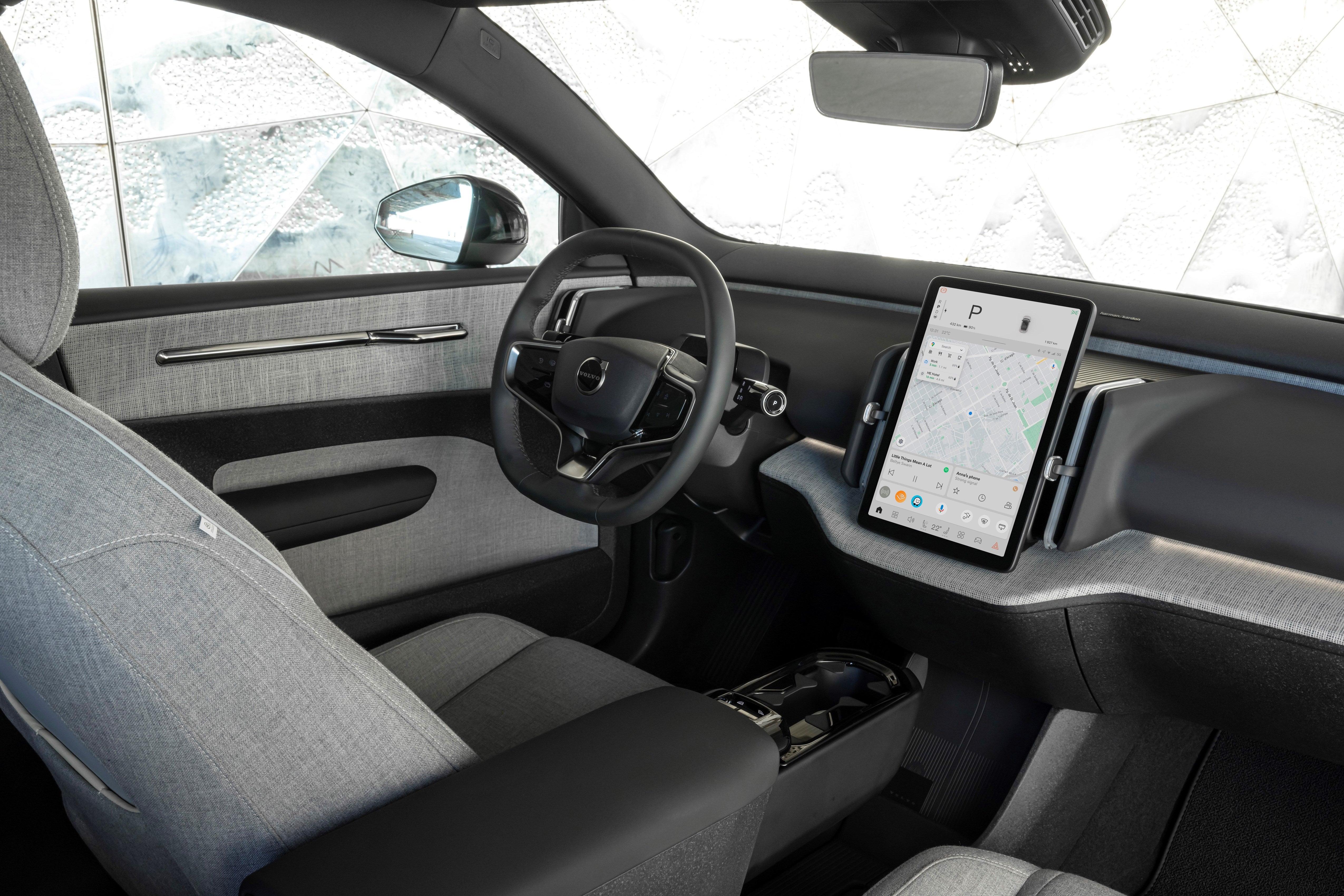
It’s also difficult to get at your boost because you’ll need to go through menus on the touchscreen. This is a result of Volvo’s policy of “centralising” controls via the touchscreen. Even the glovebox opens via a button on the screen. Another oddity is the central console control for the electric windows, rather than in the doors. Apparently, it all helps save costs, resources and the planet (and boosts profits too).
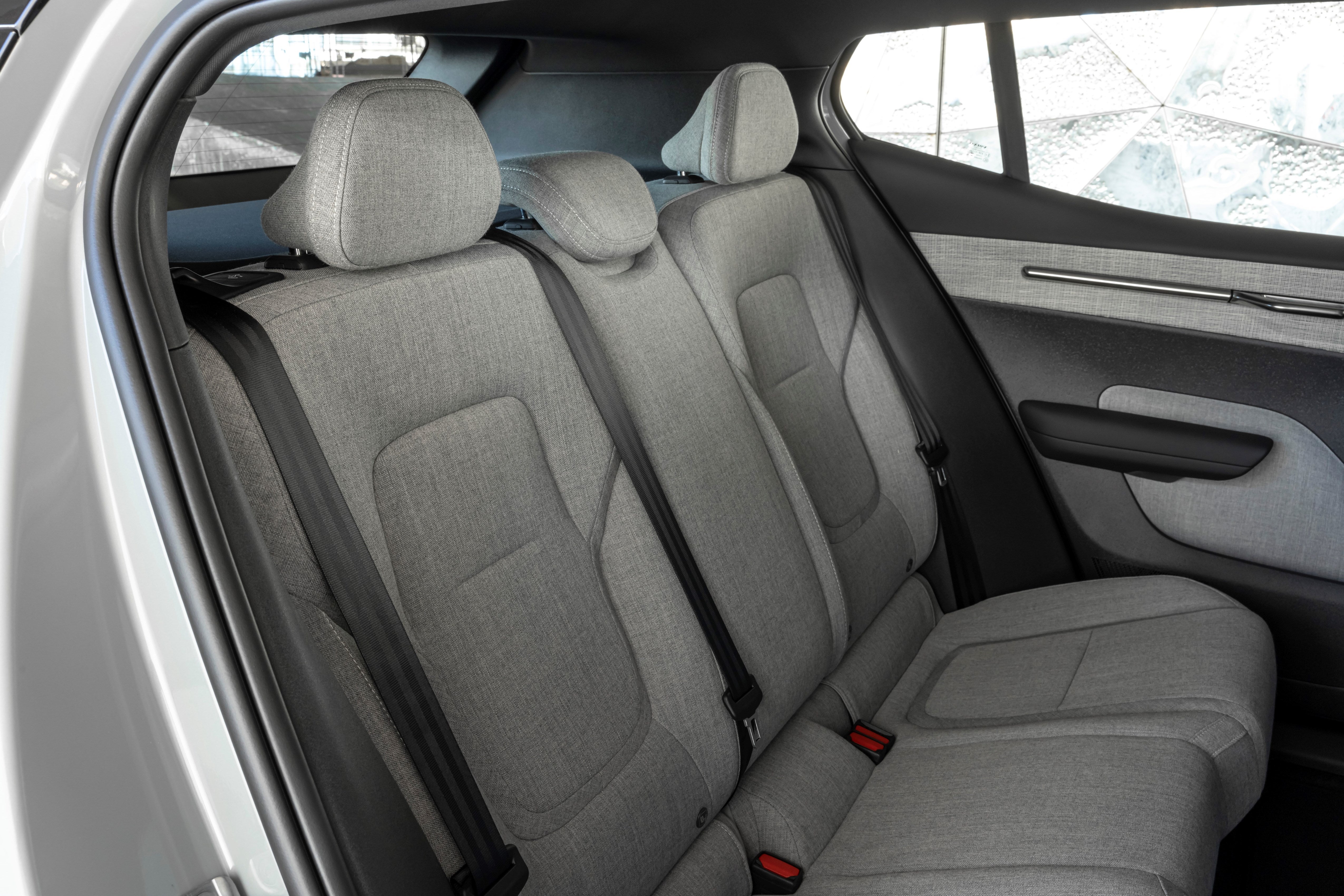
Which brings me to the controversial bit – the cabin. For environmental and financial reasons Volvo seem to have succumbed to recycling mania. They tell us the denim coloured dash covering is trimmed in a material fashioned from discarded jeans. The carpets are made up of old fishing nets. Plastic bottles have been turned into upholstery. Sometimes this works well – the artificial leather and the woolen seats are comfy and look quite classy, with nice seat detailing and finish. You have a choice of “room” themes.
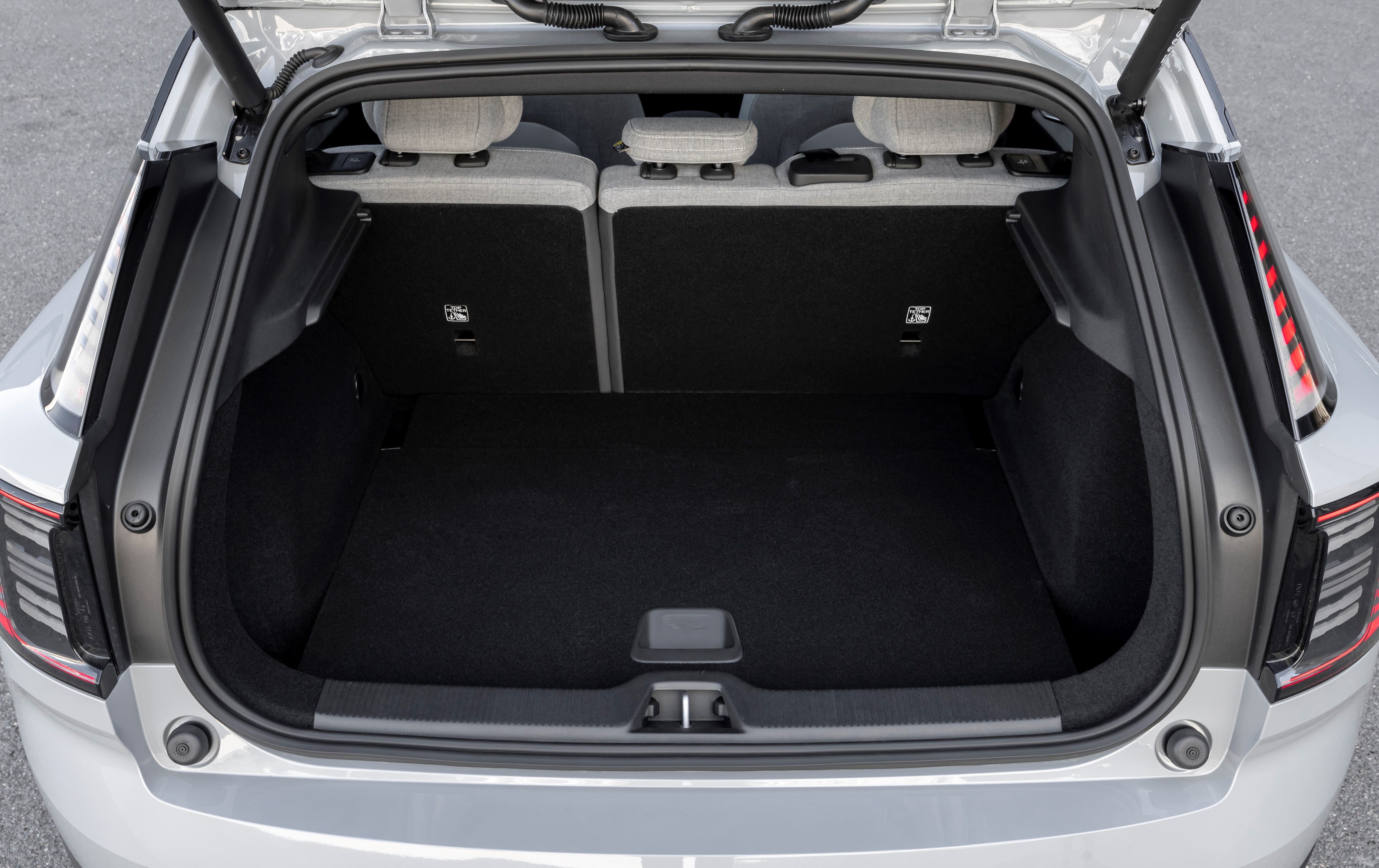
But the bits of plastic around the doors and dash are a disappointment and will be a hard sell for customers Volvo wants to attract from Nissan and Ford, let alone Audi.
For some decades now, thanks to the likes of Audi, the European car customer has been conditioned to expect some luxury for their money, or at least a simulacrum of it. Quilted and rouched leather, soft touch and cushioned feeling everywhere, warm and cosseting. Isn’t that what we want?
In parts the Volvo looks classy but feels austere and unyielding (though the materials are all strong and durable in trad Volvo style). Ironically, some of the coatings used to prevent the cabin colours from fading have given them this hard texture, but there we are. The EX30 is indeed small and mighty, but could be mightier still, and a wee bit softer.
Join our commenting forum
Join thought-provoking conversations, follow other Independent readers and see their replies
Comments